What are the advantages of gate valves-resilient & metal seated
The gate valve has an opening and closing gate. The movement direction of the gate is perpendicular to the direction of the fluid. The gate valve can only be fully opened and fully closed, and cannot be adjusted or throttled. The gate
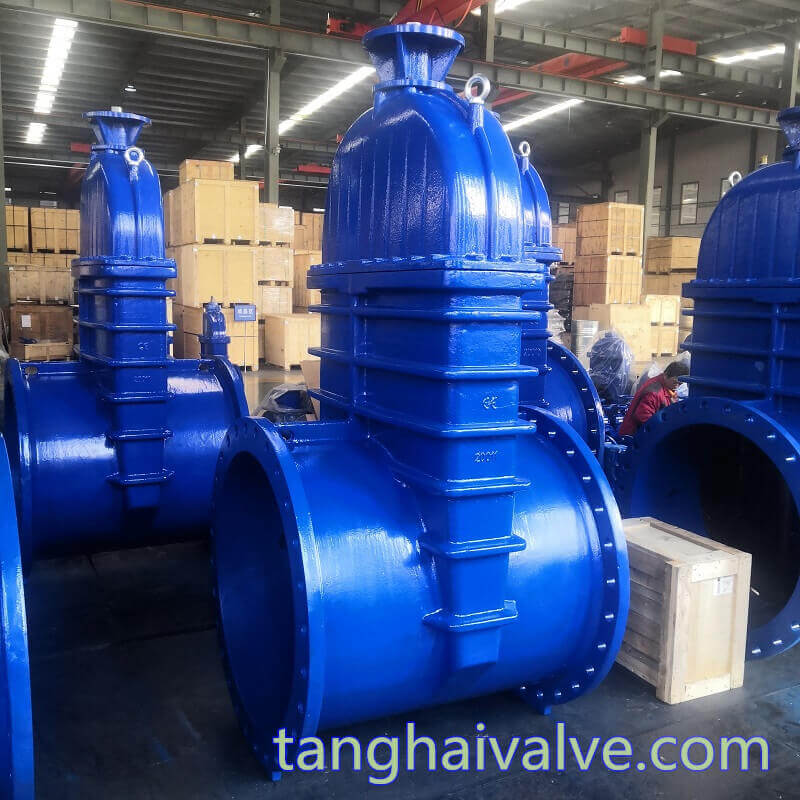
DN1000-DIN-F5-NRS gate valve-IS&Y (6)
valve is sealed by the contact between the valve seat and the gate plate. Usually, the sealing surface will be surfacing with metal materials to increase wear resistance, such as surfacing 1Cr13, STL6, stainless steel, etc. The gate has a rigid gate and an elastic gate. According to the different gates, the gate valve is divided into a rigid gate valve and an elastic gate valve.
Gate valve is a kind of valve with a large number of consultations every day. It is often used in water supply systems. The advantages of gate valves are:
1. Small flow resistance. The medium channel inside the valve body is straight, and the medium flows in a straight line. When the gate is fully opened, the internal resistance of the valve body channel is almost zero, and the flow resistance is very small.
2, opening and closing labor-saving. Whether the gate valve is open or closed, the movement direction of the gate is perpendicular to the flow direction of the medium, and the resistance of the gate to the lifting movement is also very small, and it is very labor-saving to open and close.
3. The full opening and full closing of the gate valve requires a long stroke, and the closing time is relatively long, which also makes the water hammer phenomenon less likely to occur.
4. The two sides of the gate valve channel are symmetrical, and the installation is not restricted by the flow direction of the medium, which is convenient for installation.
5. The shape is simple, the length of the structure is short, the manufacturing process is good, and the scope of application is wide.
6. Wide range of uses, gate valves are made of gray cast iron, ductile iron, cast steel, stainless steel, forged steel and other materials. Different materials can be used in different working conditions and environments, and have a wide range of applications.
Precautions for installation and use of gate valve
1. The handwheel, handle and transmission mechanism are not allowed to be used for lifting, and collision is strictly prohibited.
2. The double gate gate valve should be installed vertically (that is, the valve stem is in the vertical position and the handwheel is at the top).
3. The gate valve with bypass valve should open the bypass valve before opening (to balance the pressure difference between the inlet and outlet and reduce the opening force).
4. The gate valve with transmission mechanism shall be installed according to the provisions of the product instruction manual.
5. If the valve is frequently switched on and off, lubricate it at least once a month.
6. The gate valve is only used to fully open and fully close the medium on various pipelines or equipment, and is not allowed to be used for throttling.
7. For gate valves with handwheels or handles, auxiliary levers should not be added during operation (if the sealing is not tight, the sealing surface or other parts should be checked and repaired). Turn the handwheel and handle clockwise to close, and vice versa. The gate valve with transmission mechanism should be used in accordance with the stipulations in the product instruction manual.
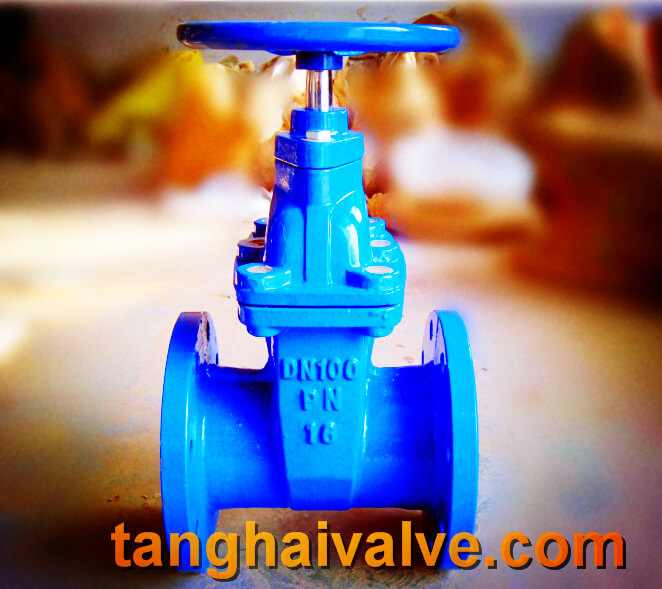
gate valve (3)
The difference between a metal seated gate valve and a resilient seated gate valve:
What are the differences between hard sealing gate valves and soft sealing gate valves? This article will introduce you.
material difference:
The material of the hard sealing gate valve body is mainly cast steel, stainless steel and forged steel. The gate plate and internal flow channel seal are all made of Stellite alloy accumulation welding.
The material of the soft-sealed gate valve body is mostly cast iron, the valve plate is covered with rubber, the appearance of the soft-sealed gate valve, and the valve wall of the flow channel side are all sprayed with electrostatic powder. Not only is the appearance beautiful, but more importantly, the smoothness of the flow channel and the inner valve wall ensures that the rubber-lined gate will not be affected by the roughness of the inner valve wall when opening and closing.
difference in use:
Soft-sealed gate valve is suitable for non-corrosive gas-liquid medium at normal temperature (≤80℃). Such as water, air, oil, water treatment sewage and other pipelines. And has a good sealing effect, almost zero leakage can be achieved.
The hard-sealed gate valve is suitable for high temperature (≤425℃) with slightly corrosive gas and liquid. Such as steam, heat transfer oil, sewage, petroleum, chemical industry, metallurgy, pipeline. Can have a certain degree of wear resistance.
To sum up, the difference between a soft-sealed gate valve and a hard-sealed gate valve is that the sealing performance of the soft-sealed gate valve is better than that of the hard-sealed gate valve, but the temperature and wear resistance of the hard-sealed gate valve is better than that of the soft-sealed gate valve. Each has advantages and disadvantages.
TH Valve is a professional manufacturer of butterfly valve, gate valve, check valve, globe valve, knife gate valve, ball valve with API, JIS, DIN standard, used in Oil, Gas, Marine industry, Water supply and drainage, fire fighting, shipbuilding, water treatment and other systems, with Nominal Diameter of DN50 to DN1200, NBR/EPDM/VITON, Certificates & Approvals: DNV-GL, Lloyds, DNV, BV, API, ABS, CCS. Standards: EN 593, API609, API6D
Video of resilient seated gate valve:
Related news/knowledge:
What are the characteristics of the soft sealing butterfly valve
The correct operation method of manual valve
Types of Sealing Material of Electric Wafer Butterfly Valve
Fluorine-lined butterfly valve vs metal seated butterfly valve

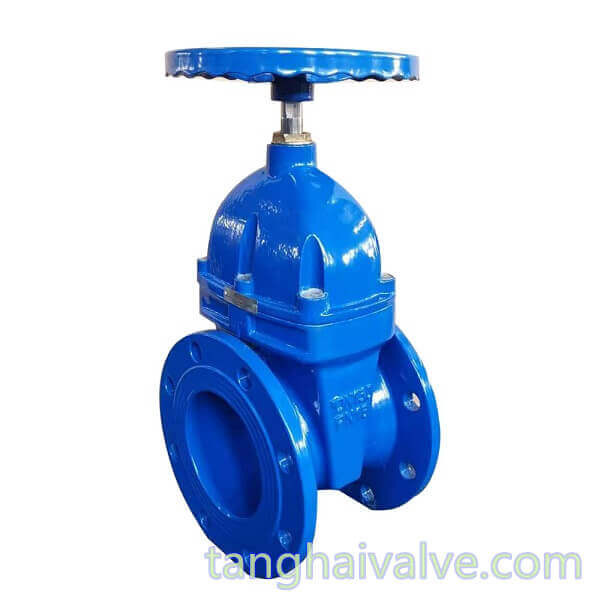
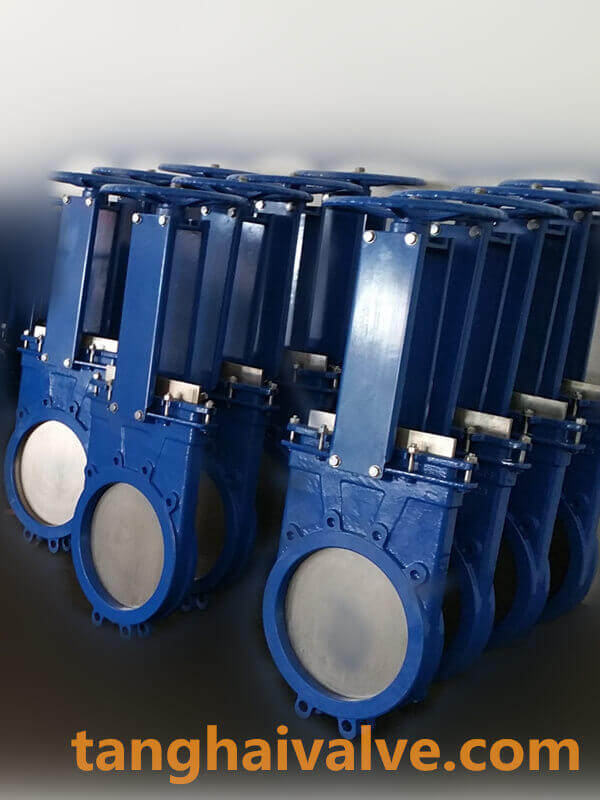
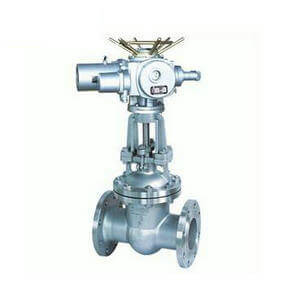
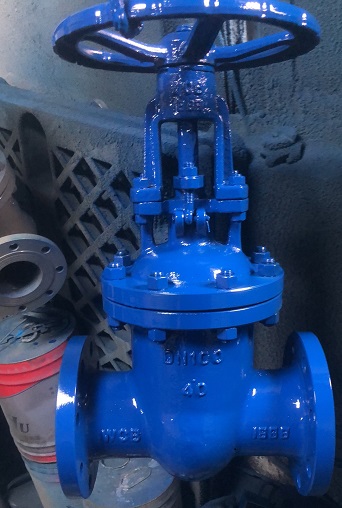
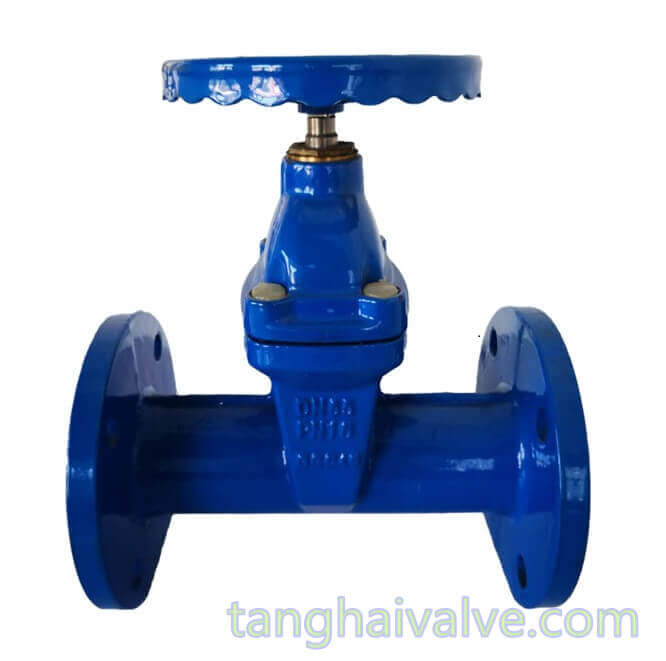
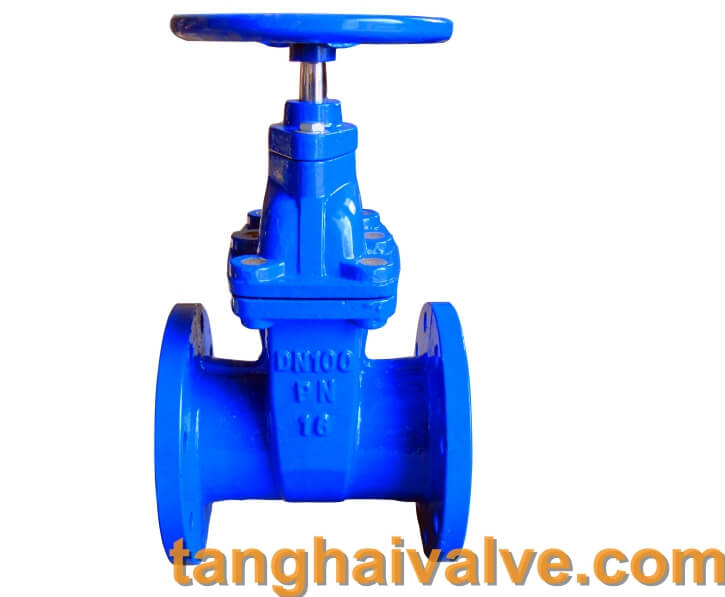
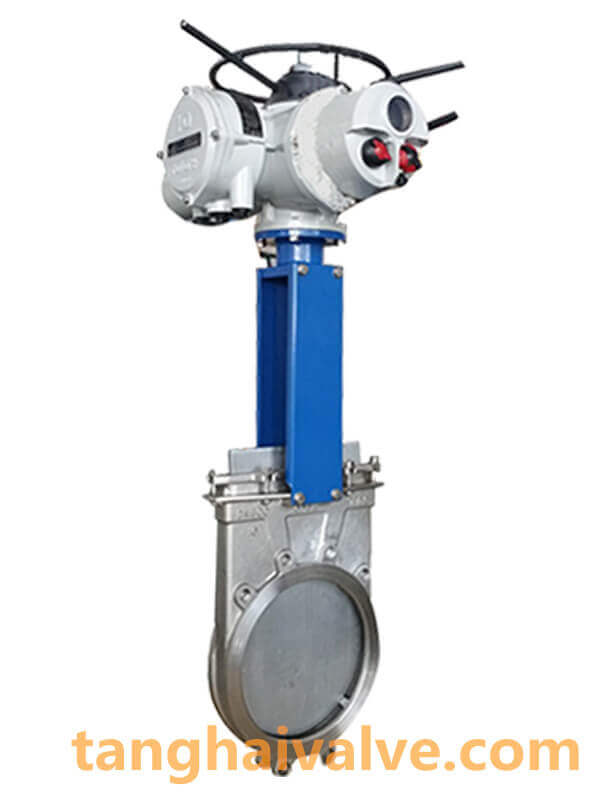
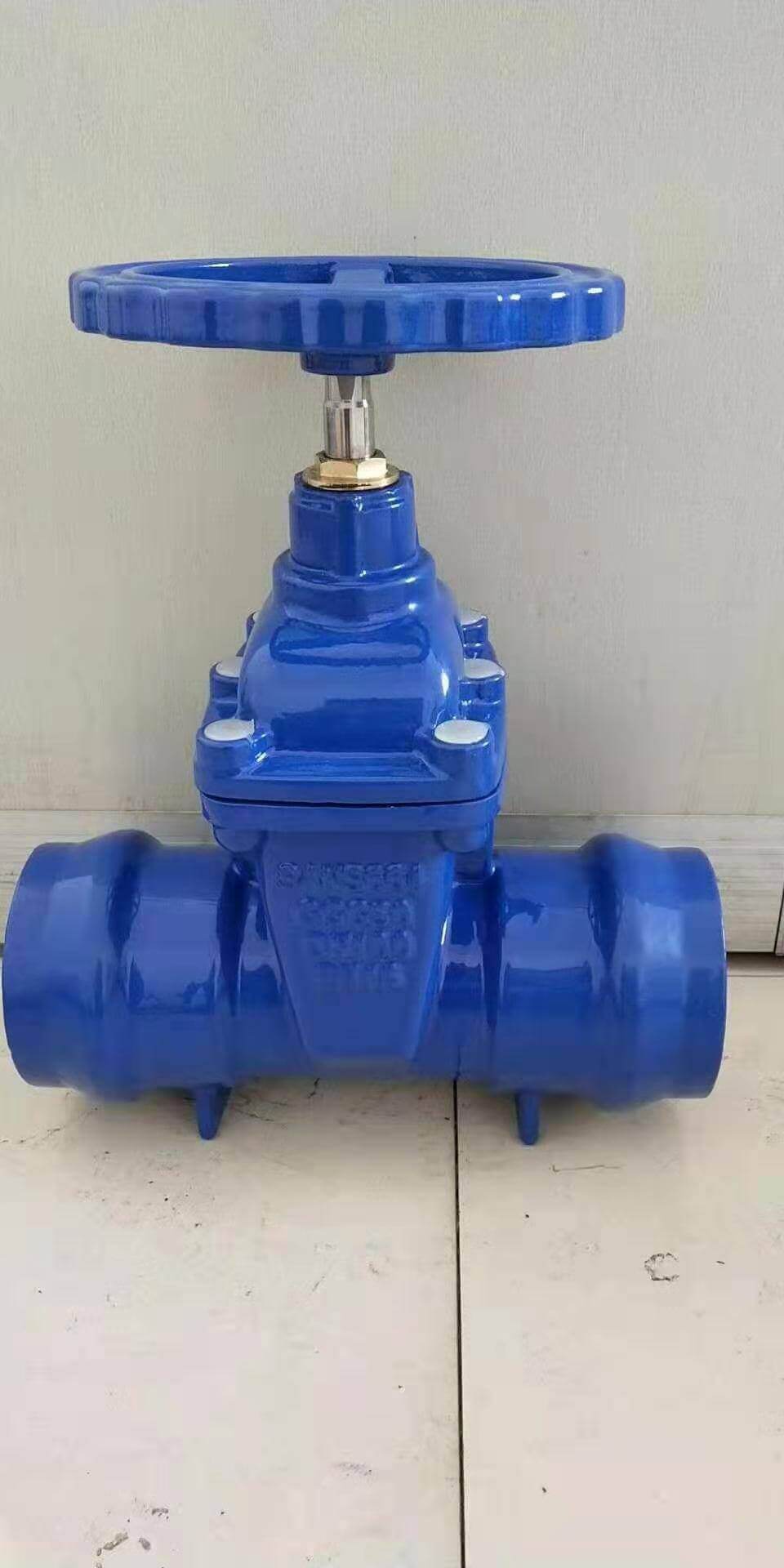
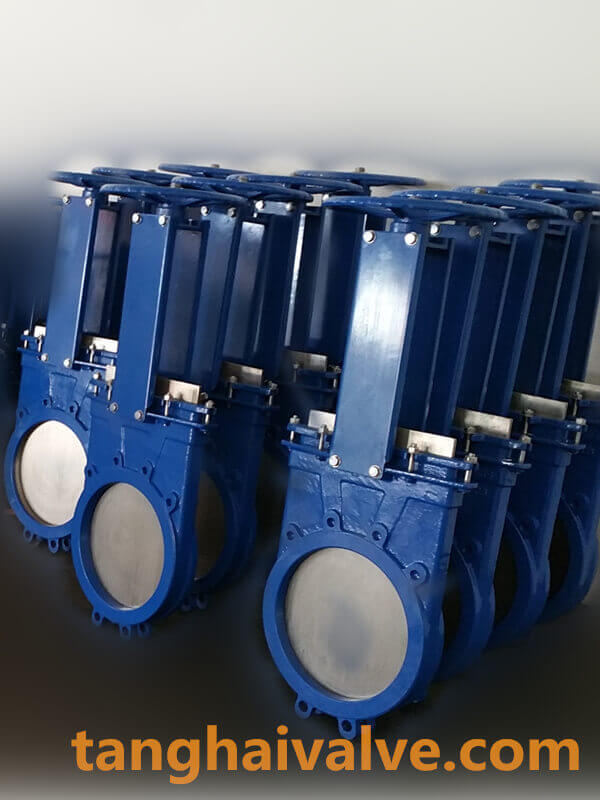
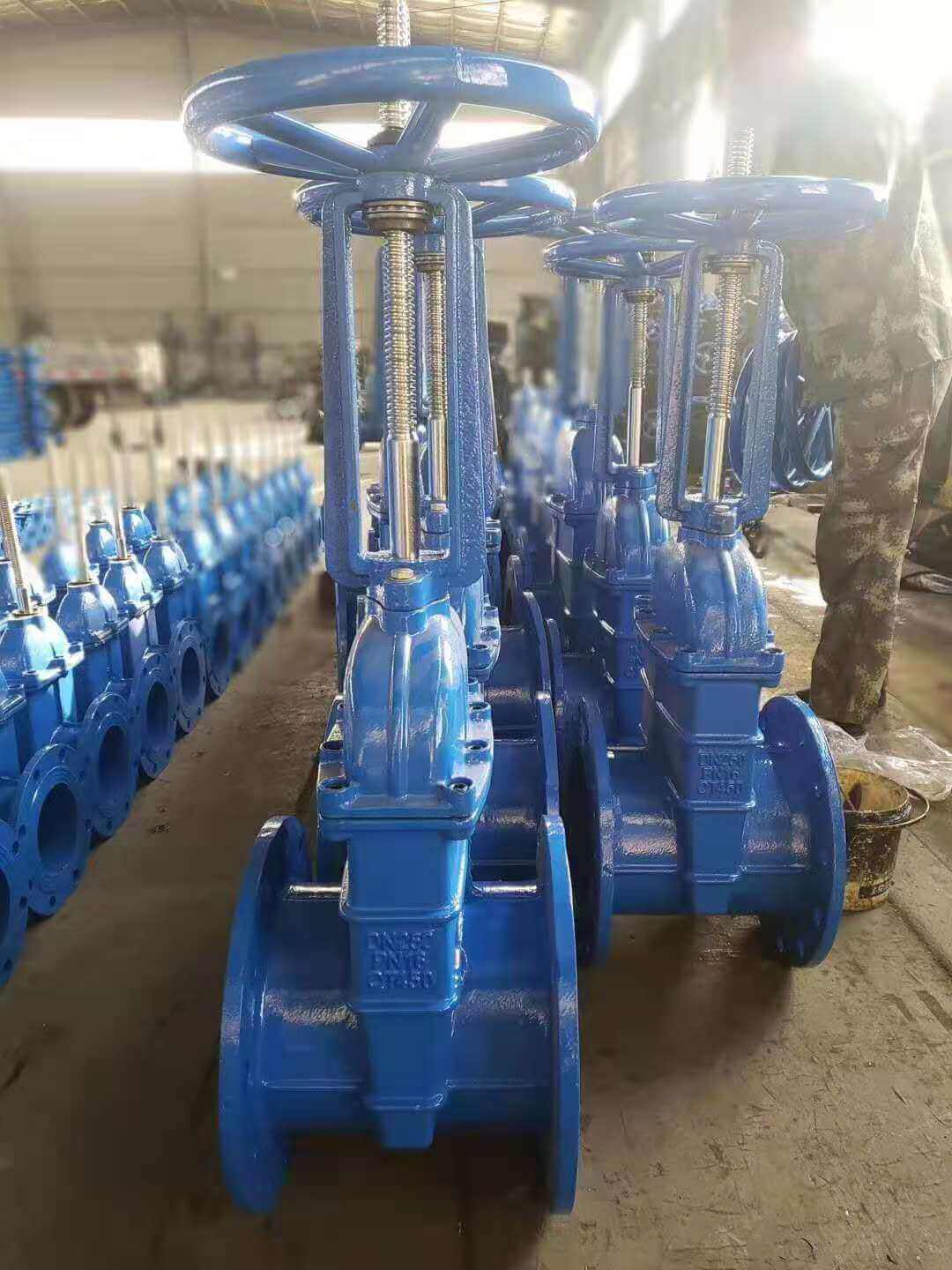
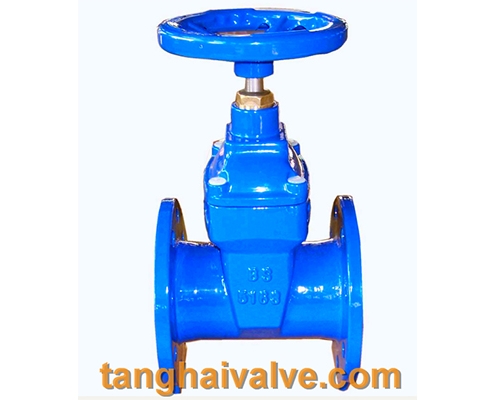


 © Copyright 2020 Tianjin Tanghaidongyang Valve Co., Ltd. All Rights Reserved.
© Copyright 2020 Tianjin Tanghaidongyang Valve Co., Ltd. All Rights Reserved.